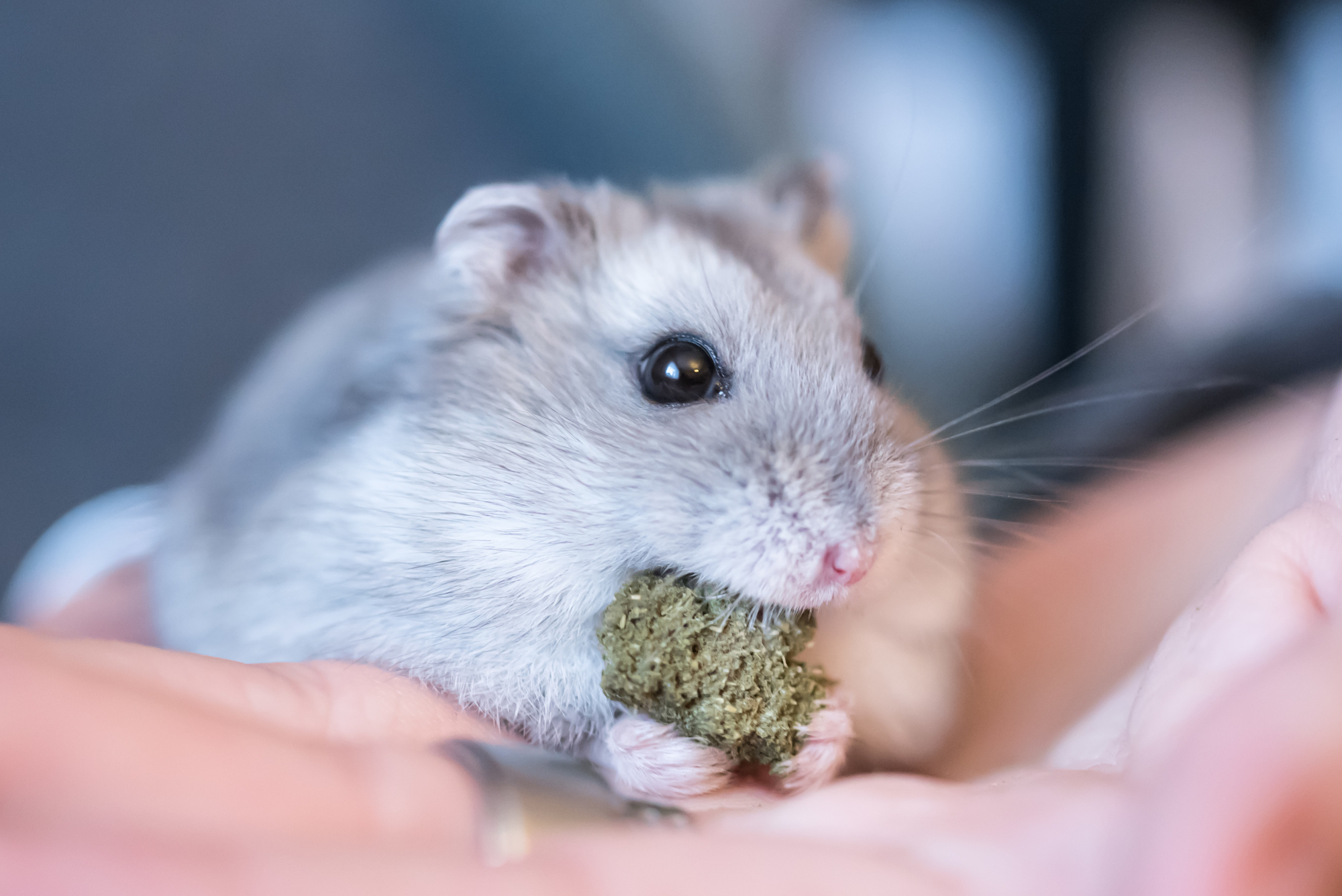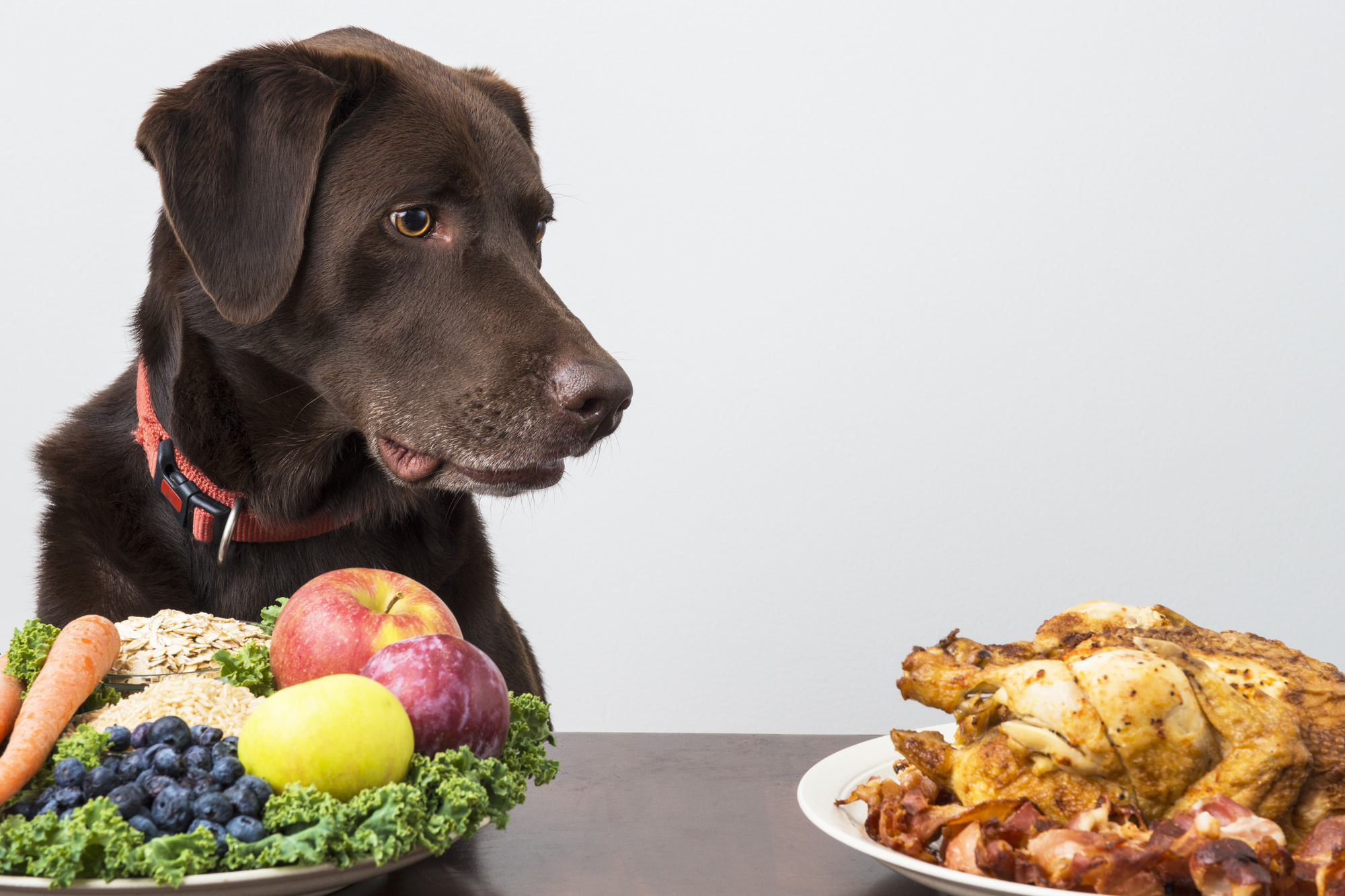The Brief Guide That Makes Creating a Pet Friendly Home Simple

Did you know that 67% of American households own at least one pet?
While pet parents rave about how much they love their fur children, taking care of another living creature isn’t always the easiest task. Not only do you need to cover the basics like food, water, and exercise, but you also need to make sure your home is a safe place for them to live.
Are you thinking about adopting a four-legged friend soon? Keep reading to learn 5 steps you should take to ensure your home is pet-friendly.
1. Keep Everything Out of Reach
Dogs may be known as man’s best friend, but even the biggest dog lovers will be the first people to admit how naughty they can be. Both dogs and cats are curious, and they will explore your home whenever they get the chance.
This means that you have to be mindful of keeping food, medications, cleaning supplies, and other dangerous things out of their reach whenever they’re unsupervised.
2. Make Sure Your Houseplants Are Pet Friendly
Houseplants have become one of the most popular features of any sustainable home since they work wonders for our physical and mental health. While plants may be beneficial to us, not all types are safe for pets.
This is why it’s crucial to do your research and figure out which plants you can’t keep around, such as aloe vera or lilies.
3. Push Chairs in and Keep Doors Closed
Cats and dogs will jump up on tables and counters or sneak around the house and get into trouble when you’re not around. In addition to eating something that they shouldn’t, there’s also the risk of them having an accident in a bad spot or tearing up the furniture.
To keep everyone safe and happy, make sure you push in all your chairs against the table so they can’t climb up, and try to remember to shut all your doors to areas they shouldn’t be.
4. Install Screens on Windows
The last thing you’d want is for your dog or cat to jump out of a dangerous window. This happens so often to cats that vets call this condition High-Rise Syndrome.
Installing screens will allow you to have windows opened safely. If you ever have any accidents, make sure you find a kind vet who gives out veterinary sympathy cards.
5. Buy Things That Can Be Cleaned With Ease
If you want to be a smart homeowner, you should pay attention to all the materials you buy. For example, can the pet bed and blanket be tossed in the washing machine regularly?
It’s also wise to switch to hardwood or tiles if you have the chance since those materials are easier to clean.
Pet Ownership Is a Big Responsibility
Pets have so much love to give, which is why they deserve to have the safest homes possible. By following this guide, you can have peace of mind that your house will be pet-friendly.
Do you want to know other ways you can invite more joy into your home? If so, our blog has plenty of excellent lifestyle articles for you to enjoy. Click around our site so you can read more great advice.








